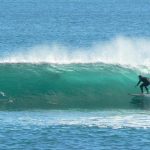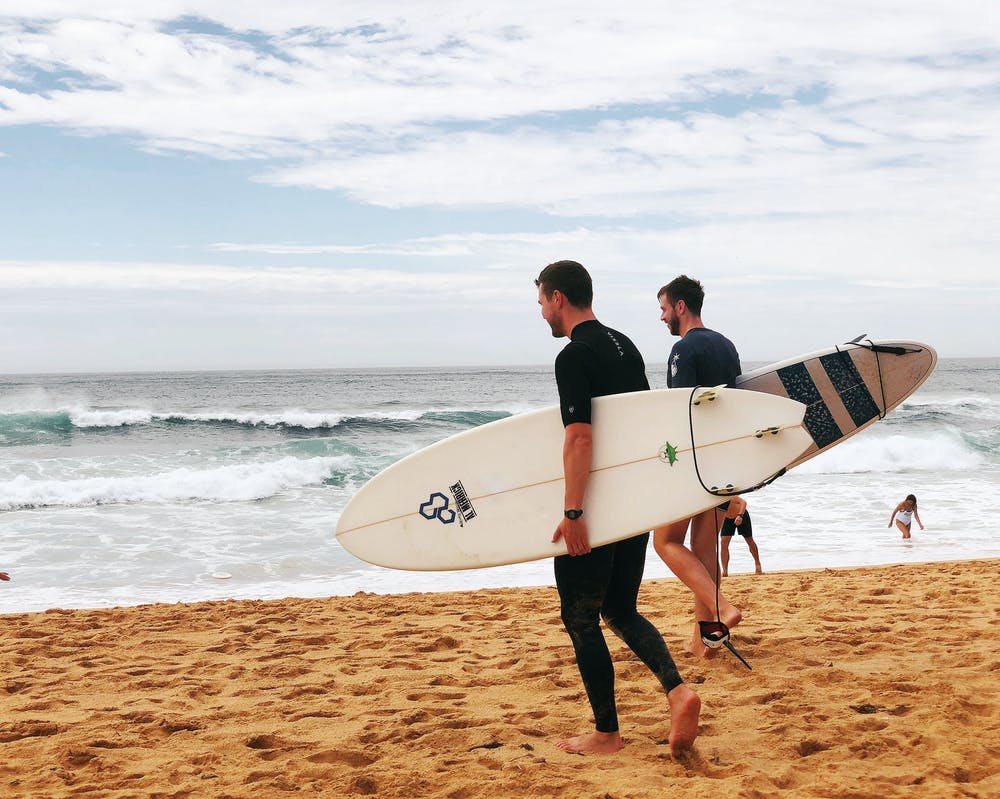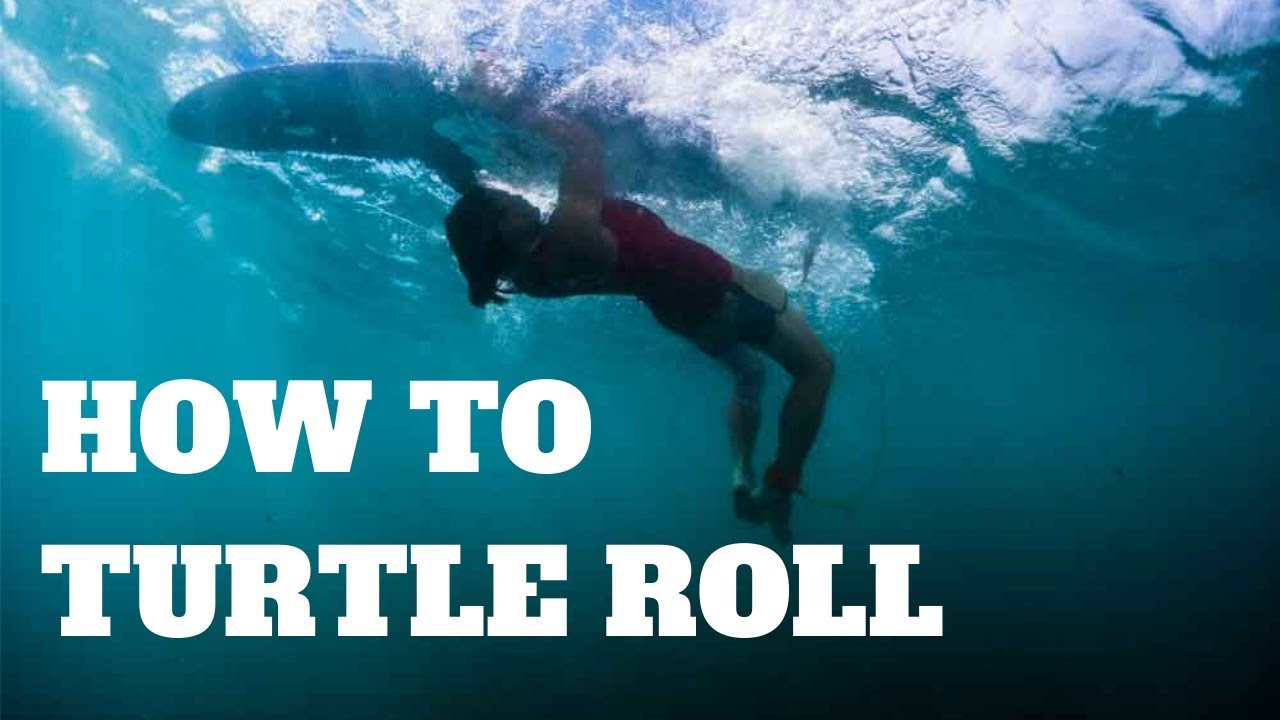
Few people think about how the board rides along the wave and what is held on the wall.
At least until they are faced with the fact that the speed gain required for maneuvers is not such a simple matter.
However, usually, interest does not go beyond technique; the surfer learns the movements for acceleration and remembers which boards simplify the task.
This article is for those who love advanced theory and understand how these movements and different boards work.
Let’s start with the fact that the apparent movement of the wave does not correspond to the natural movement of water.
Let me remind you that a swell – a series of mechanical locks on the surface – is not the movement of water but energy.
The water molecules remain in place while the point moves towards the shore.
So, in the absence of currents, surfers sitting on a lineup do not move towards the coast; when waves pass under them, they are lowered and raised, but they remain in place.
Imagine a carpet with a roller under it. The rug is the water’s surface, and the roller is the energy.

If we look at the movement “from the inside,” as if a camera were moving next to the roller, we will see the carpet moving towards it.
Thus, from the point of view of a surfer riding a wave, the water moves up the front wall of the wave, creating a so-called “effective flow,” as shown in the illustration:

The magnitude of these parameters depends on the shape of the board and the position of the wave. Let’s take a closer look.
Clutch
Water is a substance with a reasonably high viscosity index.
Therefore, when it flows around a smooth object, laminar, that is, homogeneous, the flow “sticks” to the surface, keeping it in the flow.
This effect is called the Bernoulli principle, and a simple experiment perfectly demonstrates it – a ping-pong ball on a string is captured by a stream of water.
The same thing happens with a surfboard rail; it is the flow of water, not the Finns, that keeps the board on the wall of the wave.
There is adhesion where the board’s surface is “glued” to the water, and only the laminar flow “sticks,” if it becomes turbulent, that is, vortices arise in it, the adhesion is lost.
The point of transition of flow from laminar to turbulent in hydrodynamics is determined by the critical Reynolds number, which depends on the constant characteristics of the medium, the flow velocity, and the hydraulic diameter, that is, roughly speaking, the roundness of the object.
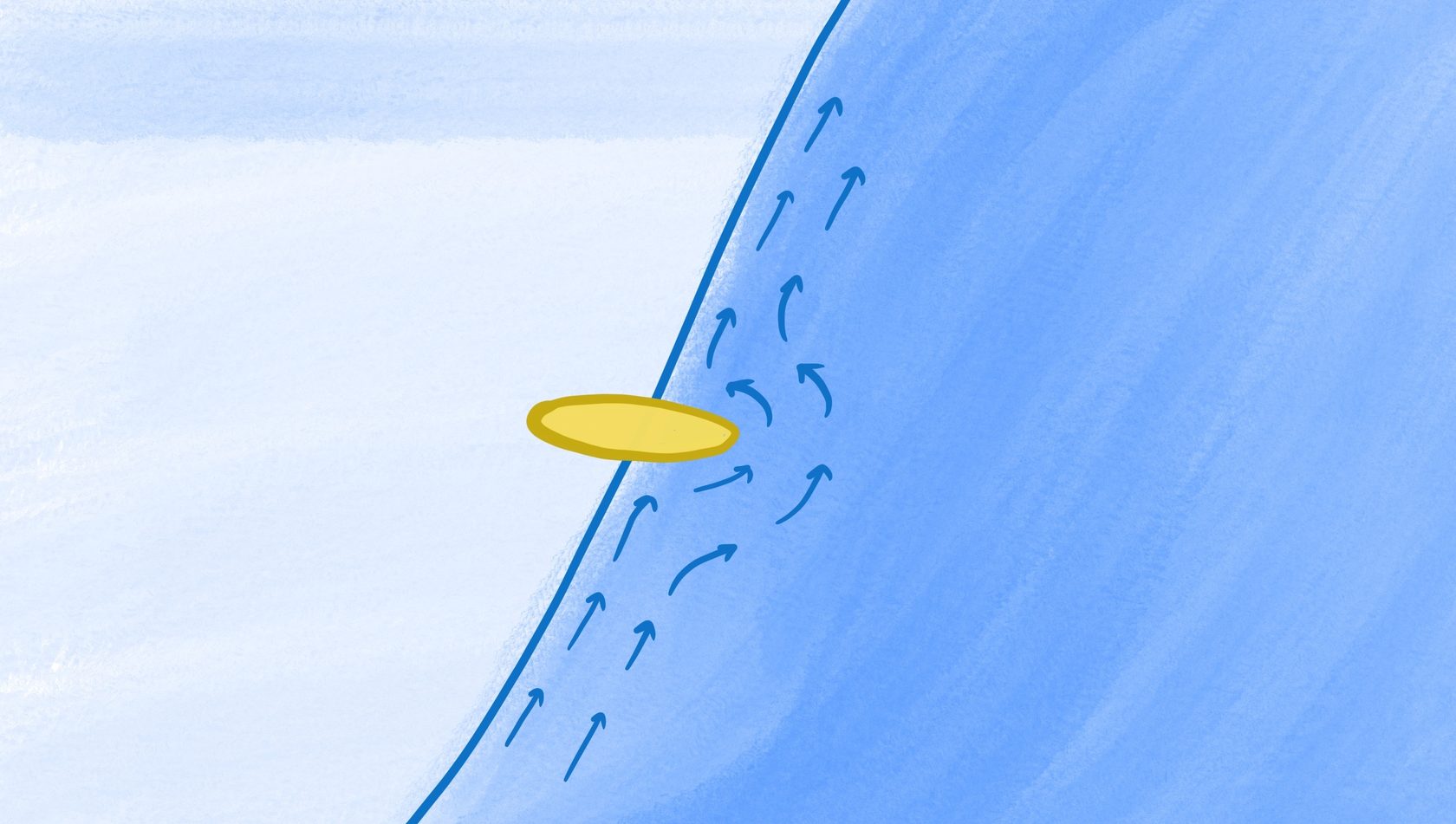
The higher the wave speed and the smaller the radius and smoothness of the fence, the earlier the stream will break off the board, and vice versa, the slow waves, and wide soft rail provide excellent grip.
Acceleration
Wave traction provides that part of the adequate flow that directly interacts with the board’s surface, while most of the water flows around the obstacle.
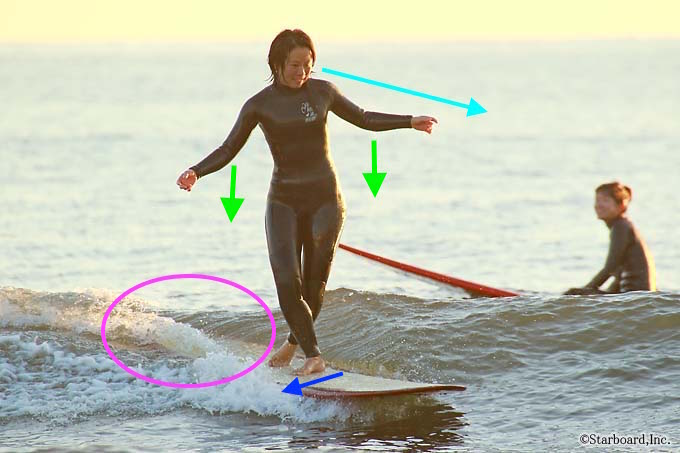
Concave and channels, that is, the concavities of the base, like a water pipe, unfold the water along with the board, forcing it to “shoot” from the side of the tail and thereby accelerate the board forward.
The more water is redirected, the more force will push the surfboard forward.
When the contour of the bottom of the board is convex, we are dealing with convex; the water is redirected towards the rail and flows around the board from the side.
The delegation travels much slower in this situation, but it is more stable and lifts the wave.
The more water we turn towards the board’s tail, the more we accelerate.
So, on the one hand, it depends on the board’s shape, but in addition, the surfer himself can either enhance the effect or ruin everything, depending on what position he takes on the wave.
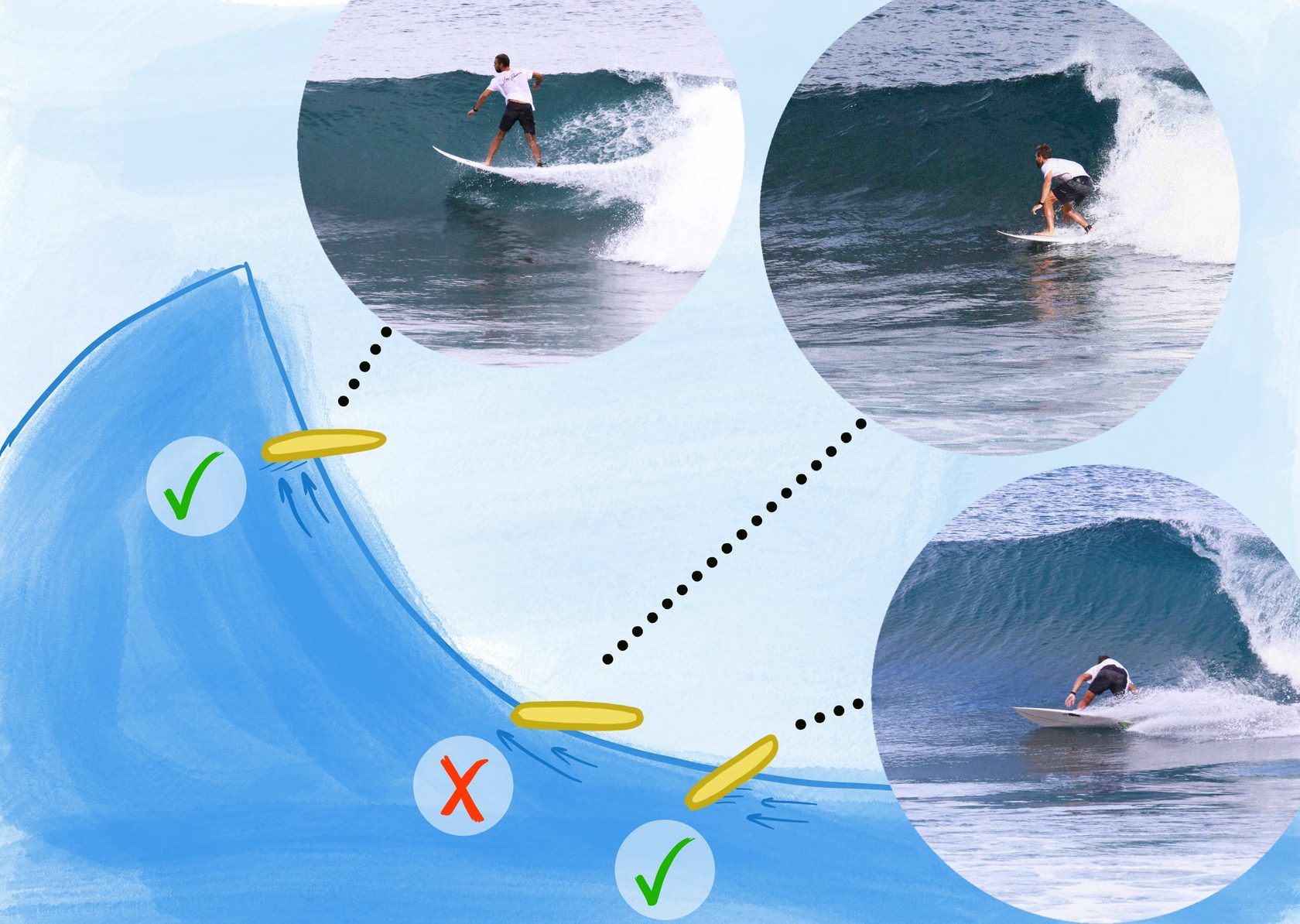
As the surfer glides down the wall, gravity is added to the force of the water, which allows the board to accelerate further forward.
But once you are below, you can very quickly lose the gained speed, since on the shallow part, the board is more likely to lie on the water than stick into it with a rail, and as a result, the water passes tangentially without pushing the board.
It is a widespread mistake of those who recently ride; they go down too hard, lose speed to almost zero, and as a result, the wave closes in front of them, leaving them poking around in the foam.
It’s another matter when a surfer goes downstairs and puts a high-quality bottom turn, cutting the rail into the water – the board accelerates even more.
As a result, the maneuver allows you to gain even greater speed.
Thus, the correct way to ride the wave and pick up speed is with a snake, and on bottom-turns, you have to practically lie down on the lock, cutting the rail into the water.
Then, if you are still tight with the bottom turn, try to stay at the top of the wave, not going lower than 2/3 of the height.
Because being at the bottom of the wave slows down not only this particular passage but all progress in general!


